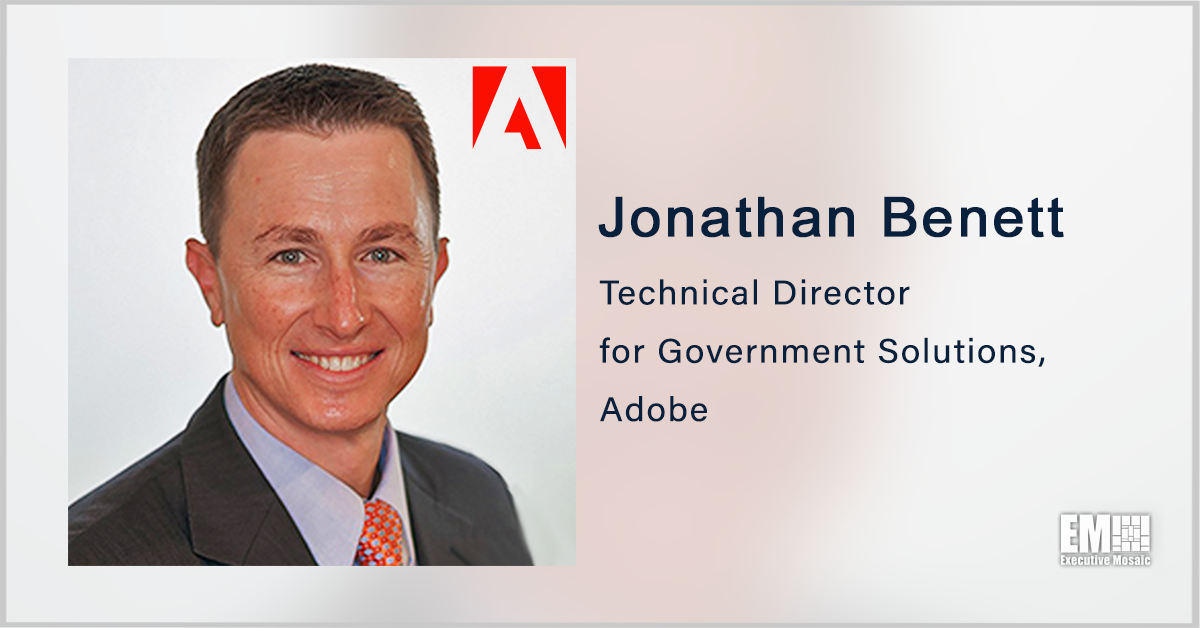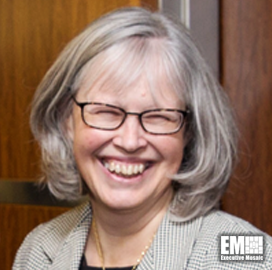As the world around forges ahead with modernization initiatives, some aspects of the federal government remain in the past, relying on outdated systems and technologies. One major area of innovation in the public sector aims to move away from physical documents and paper forms and toward a more digital solution.
Brendan Curley, vice president of public sector sales at Adobe, spoke with Executive Mosaic in a new video interview to detail his company’s approach to modernization and how that strategy aims to transform the user experience for citizens and agencies alike.
“It’s 10.8 billion — with a ‘B’ — in terms of hours that the citizen spends filling out government paperwork. And if you do that math, it’s 31 hours per citizen, including children and an expense of $143 billion. So there’s got to be a better way to do this,” Curley explained of the toll of physical paperwork in conversation with Executive Mosaic’s Summer Myatt.
To alleviate this burden, Adobe is deploying a staged modernization strategy that focuses on digitizing paper document processes, creating efficient and integrated digital document workflows and then finally, developing intelligent, multi-channel workflows.
“If you think about workflows, are there ways to engage an audience in a manner that is more comfortable, more intuitive for the citizen? We did a recent study and 76% of the CIOs that we talked to felt that digitizing that workflow will have a significant impact on the citizen. And so the leaders of the government are telling us that this is a priority and we need to focus on it,” Curley explained.
Curley speaks about increasing efficiency for government agencies, ensuring cybersecurity in Adobe’s products and the company’s work in content authenticity and verification in his full video interview here. Subscribe to Executive Mosaic’s YouTube channel to keep up with the latest insights from GovCon’s leaders.





